It feels like a long time since the launch of Home Front on Radio 4 back in June 2014, retracing day-by-day events of 100 years ago as Britain went to war. It is a long time. Yet still the violence in Europe rages on while back home the families of the men and boys in trenches carry on as normal, putting on plays at the local theatre, selling toys, running art classes, working the trams. A new season (number 13, with two more to go before the series ends on 9 November) starts up again on Monday.
It may be an everyday story, says its editor, Jessica Dromgoole, but it’s most definitely not a soap. Every episode has been recorded for broadcast in the same studio in Birmingham where The Archers is made. ‘We’re using the same Aga and Belfast sink as Jill Archer,’ says Dromgoole. But there are no cliffhangers, no shocking endings, such as last week’s swift, sharp execution in Ambridge of chirpy Nic Grundy.
‘We wanted Home Front to be a tapestry,’ says Dromgoole. A wide variety of characters (this latest batch of episodes has 86 of them, played by 60 actors) get on with their lives while representing, or rather reflecting, aspects of the war that challenge our perceptions. Each season of 40 episodes (broadcast across eight weeks) illustrates a theme, such as spiritualism, conscription, espionage, xenophobia. We are now into morality and sexuality and how the disruptions of war are affecting some of the characters we have come to know. Ivy, who runs the theatre in Folkestone, meets the real-life writer F. Tennyson Jesse (author of A Pin to See the Peep Show), who was sent out to the front to report on the Women’s Army Auxiliary Corps because the big chiefs back in London were worried about battlefield behaviour.
Tennyson Jesse also wrote plays, which is why Ivy comes to meet her, but the play becomes less significant than Ivy’s introduction to Marie Stopes and the condom. The historical consultant on the series, Professor Maggie Andrews, was commissioned to find lesser-known facts about the war that could be used to flesh out the drama, such as the huge number of fatalities of young women working in the munitions factories. Mass graves were dug. At the same time women’s football takes off because there are no men to play the game.
Home Front is tailor-made for listening on catch-up and by podcast because only when you binge on several episodes at once does its sweep and emotional range reveal itself. If heard only occasionally and as separate episodes, the series can come across as issue-led. But listened to without a break, hour by hour, the characters come alive, through the interplay between their stories and the impressive way a whole society gradually emerges across all ages, classes, occupations and types.
How did Dromgoole and her team of writers (including Sebastian Baczkiewicz, Katie Hims, Sarah Daniels and Shaun McKenna) embark on such a massive project, 600 episodes over four years, set in Folkestone (because of its closeness to the front), Tynemouth (with its munitions factories) and Devon (struggling to keep the harvests coming in), with characters moving between all three locations to provide some sense of continuity? Did they know how the characters would develop when they began? No, says Dromgoole. They had to introduce a new Graham sister after the first series in order to develop a storyline that had begun to emerge. Does she have favourite characters? There are a couple who were meant to be killed off but who survive, confesses Dromgoole.
A lead writer was chosen to shape the writing for each of the 15 seasons, explains Baczkiewicz, who was commissioned to ‘let the war work its way through the characters’ stories as opposed to presenting the war in the foreground’. The difficulty, or rather danger, was ‘to make sure we didn’t pre-empt. The characters don’t know; they have no foreknowledge of what is to come.’ Once the first draft was complete, Dromgoole and her team in Birmingham brought all 40 episodes together, ironing out the kinks and deepening the portrayal of those characters who had not been fully realised.
Each new season begins with a read-through of all 40 episodes in one mammoth day-long sitting, eight hours of radio storytelling in one blast. It’s the only time the entire cast — up to 60 actors — are brought together. Only at this point, says Baczkiewicz, do the writers hear how the storyline is evolving across the season, and it’s also the first and only time the actors can hear how the characters they are playing fit together. They will never get another chance. Episodes are not recorded in sequence in a single session because of the difficulties of fitting in with the work commitments of so many different cast members. Instead short one- to two-minute segments from each episode are recorded separately and then pieced together, the writers present in the studio to make last-minute changes as the storylines are fleshed out by the cast.
It’s not too late to get hooked on Home Front. All the episodes will be available online for ten years. It’s an extraordinarily ambitious project — to create a whole world of such complexity, blending wife-bashing and running a munitions factory, missing children and a German spy. Faced with 600 episodes, where did Dromgoole and her team begin? ‘It was daunting at first, but after about a couple of hours we realised that there would never be enough episodes for all the stories we wanted to tell.’
Got something to add? Join the discussion and comment below.
Get 10 issues for just $10
Subscribe to The Spectator Australia today for the next 10 magazine issues, plus full online access, for just $10.
You might disagree with half of it, but you’ll enjoy reading all of it. Try your first month for free, then just $2 a week for the remainder of your first year.

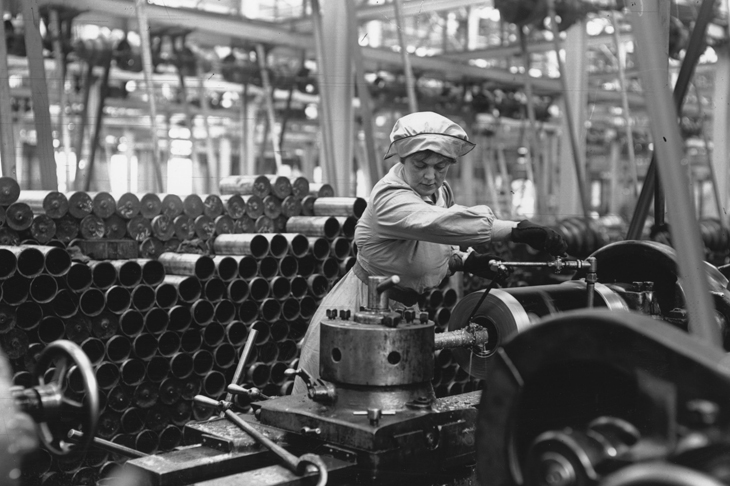
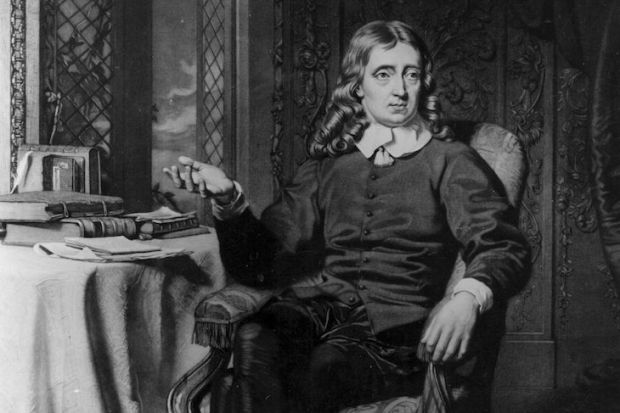
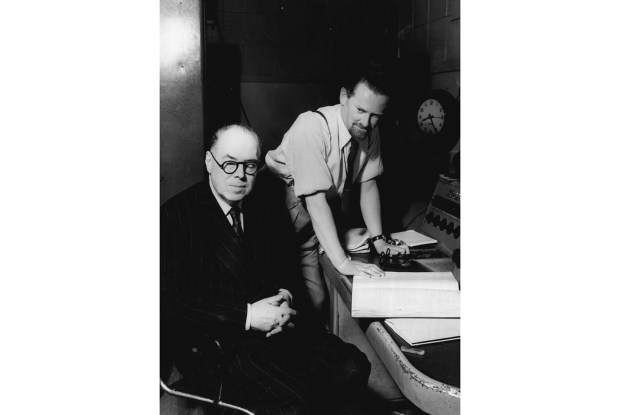
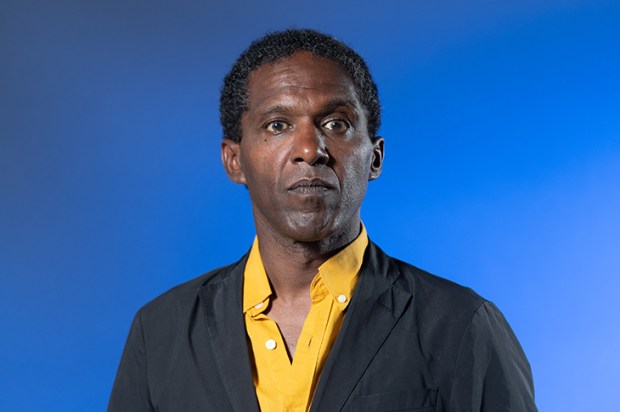
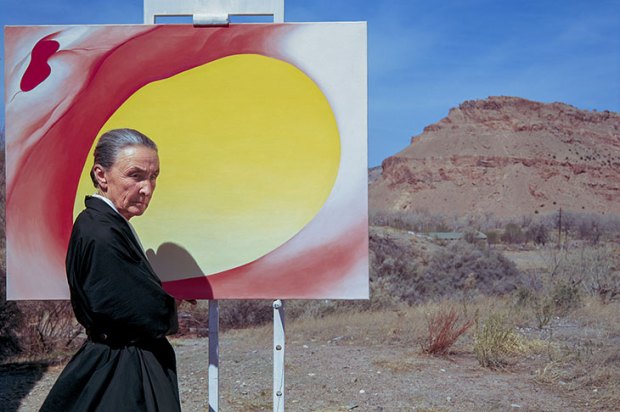
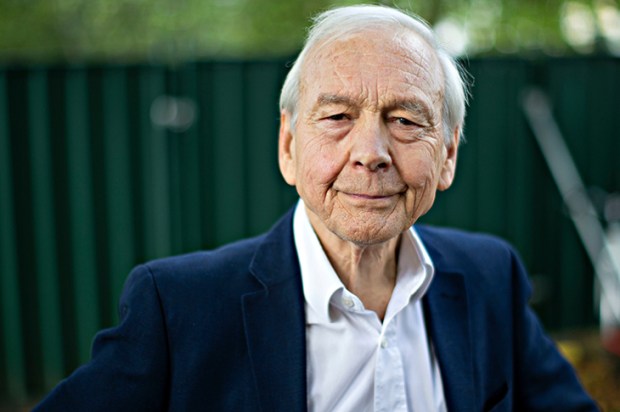
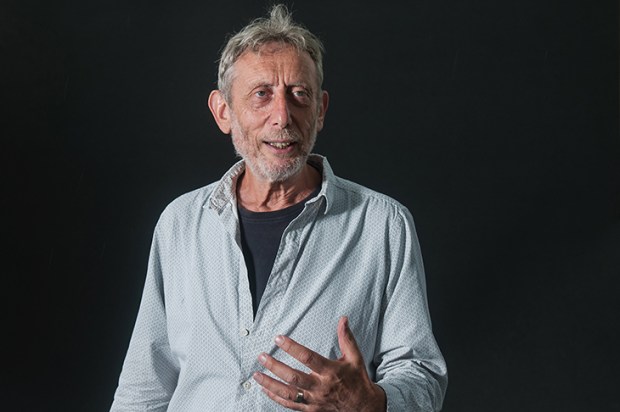






Comments
Don't miss out
Join the conversation with other Spectator Australia readers. Subscribe to leave a comment.
SUBSCRIBEAlready a subscriber? Log in